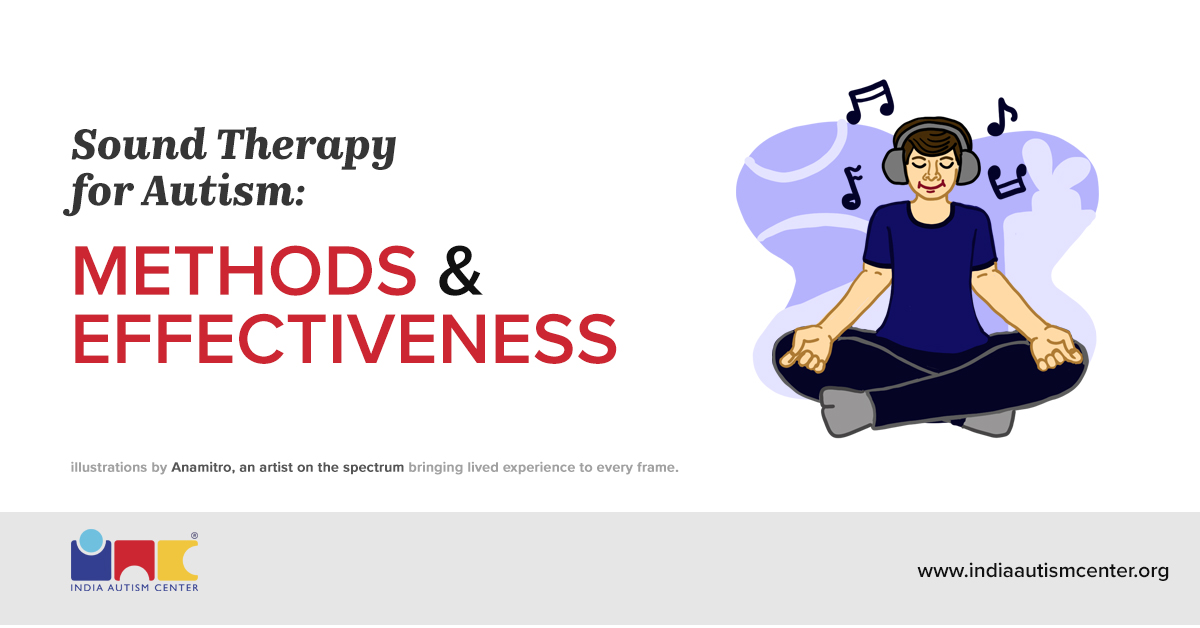Sensory integration therapy (SIT) is a supportive approach to autism care.
It plays an integral role in developing an autistic individual’s motor, adaptive, and cognitive skills and helps them build social-emotional relationships.
SIT provides strategies to help autistic individuals better process sensory input. It is an element of occupational therapy. It can be provided only by qualified OT therapists.
Sensory regulation is a major challenge for autistic individuals, especially for those who are non-verbal and may find it harder to communicate sensory-related difficulties.
What is Sensory Integration?
Any particular stimulus that interacts with your senses triggers your nervous system to read and interpret it. This is known as sensory integration. The stimuli could be anything, such as touch, hearing, taste, or smell. Many essential life skills and activities require multiple senses to work together simultaneously.
For example, a simple activity like eating food. When an individual eats food, their sense of smell is activated, so they recognise what they eat. Simultaneously, their sense of hearing drowns out any external sounds so the individual can focus on eating. Their sense of sight lets them see what they’re eating, and their sense of touch helps them feel the texture, which guides them to chew and swallow carefully.
If any of these senses are compromised, a simple task like eating can become complicated and risky.
Why is Sensory Integration Therapy Important for Autism Spectrum Disorder?
Some autistic individuals may be hypo-reactive, meaning they respond to sensory input differently than neurotypical individuals. This may lead to repetitive behaviours that are often misunderstood, leading others to label them as ‘difficult.’
Other autistic individuals may experience hyper-reactivity to sensory input, making some everyday activities overwhelming and sometimes leading them to withdraw from sensory overload.
Such as large crowds or gatherings.
To support these sensory challenges, Sensory Integration Therapy is among the most beneficial approaches for autism spectrum disorder.
In autism care, SIT aims to improve how autistic individuals integrate sensory information. This intervention uses sensory-rich activities to help autistic individuals adapt to sensory input better.
The application of this therapy depends on each autistic individual’s unique needs and goals. Each autistic person experiences sensory stimuli differently.
What are some sensory integration techniques?
The ultimate aim of sensory integration in autistic individuals is to develop their sensory system to elicit adaptive responses through certain play techniques. Eliciting these adaptive responses to external stimuli is a crucial part of autism care.
Sensory integration techniques involve engaging individuals in sensory processing activities, such as using trampolines, swings, or slides.
It is usually delivered by a qualified occupational therapist, who works in collaboration with the autistic person’s caregiver as well as other clinicians. Ultimately, this process aims to develop the individual’s sensory integration system by addressing specific sensory challenges. It is a strategy technique, depending on the individual’s hyper-reactivity or hypo-reactivit.
How effective is SIT and where can I avail of this form of therapy for autism spectrum disorder?
Sensory Integration Therapy is one of the most effective autism spectrum disorder treatment options.
Several studies have proven this. A 2015 study by the Egyptian Journal of Medical Human Genetics showed that sensory integration therapy helped children with autism experience significant improvements in motor skills. This suggests that sensory integration therapy can support the nervous system’s ability to process sensory input and adjust to various sensory experiences.
Conclusion
We at IAC are firm believers in the benefits of Sensory Integration Therapy and have qualified practitioners who specialise in this field.
If you are a caregiver or a parent of an autistic child who finds sensory input challenging, we are here to help!
We hope we have helped you understand sensory integration therapy and its effectiveness in autism treatment!






